Everything You Need to Know About Drapery Designs

I recently had someone reach out to me and ask questions, specifically how to create aesthetically pleasing drapery designs.
All of my clients want their window treatments to look more luxe, so we're going to go through blinds, drapery treatments, fabrics, and patterns, and I'm going to kind of give you a little synopsis of how I make decisions for my projects.
Disclaimer: I may receive a small affiliate commission from purchases made via Amazon links in this article but at no cost to you.
Table of contents
1. Blinds
The best custom drapery designs are done in layers, and the first layer would be our blinds. There are different types of blinds. There are roller blinds, silhouette blinds, cellular blinds, and shutters.
Shutters
I rarely, if ever, do shutters because I find them really heavy in a room. You want to be able to take advantage of nature's artwork outside and the light coming in. Shutters, while giving you privacy, also block off all views and all lights.
Cellular blinds
Cellular blinds are a pretty inexpensive option. The reason I don't like using them is that there is no light filtering option. They are up or down, so you either have a view and natural light or you don't.
Roller blinds
Roller blinds are also an inexpensive option, but they do give you light filtering options. You can go with a sheer, or you can go with something that is room darkening.
Silhouette blinds
The beauty of silhouettes is that they offer light filtering, and they offer light blockage if you need a blackout. They basically give you the option of having a view while giving you a little bit of privacy too, so they are my favorite blind and usually how I start building a layer.
2. Roman blinds
Even though a Roman blind is technically a drapery treatment, I'm purposely pulling it out of the blind section and giving it its own section because, basically it is a fabric.
There is a straight-across Roman blind and a soft Roman. The soft Roman has a little dip, and the straight Roman, which we usually use in a more masculine space or in a more modern space, is done straight across.
There's also a faux Roman blind vs. a full Roman blind. If the Roman blind is just for looks, then we don't need the same amount of fabric that we would for a full blind so we use a faux.
3. Valances
The next treatment to consider when searching for interior design drapery ideas would be valances. There are hard valances and soft valances.
Hard valances would typically be used in more masculine rooms. Soft valances would definitely be in more feminine rooms.
4. Side panels vs. full panels
The next treatment I want to talk about during our discussion on drapery design ideas is side panels vs. full panels.
Full panels are when you want the drapery to close completely.
Side panels are when they're best just being used for show.
5. Top of the treatment
Next, you should decide on the top of the treatment. There are so many to choose from.
When I do panels, I usually work on a 2½ times width, which means you take the width of the window and multiply that number by 2½ to get your fullness.
Tab top and grommet top
The downside to tab top and grommet top is that when they are closed, they wind up giving you a flat sheet on the window look because there is no fullness to those two treatments. And if you're opening and closing your windows quite a bit, they're going to be very difficult to move back and forth.
Euro pinch pleat
My favorite is the euro pinch pleat. It's a take on the traditional French pleat and is a formal treatment but more casual and contemporary than other styles. I love it for the look plus the fullness of the drapery.
Ripple fold
One of my other favorites for a modern or contemporary space is the ripple fold. Now, this is actually one of the most expensive treatments to do because of the hardware. There is no pinching or pleating of the fabric top. It is just a ripple fold. The fabric goes back and forth, and it's a really clean, really beautiful look.
Inverted box pleat
An inverted box pleat is another very popular one. It is sometimes called a flat panel, and when it's closed, it gives a beautiful ripple fold look, but it's less expensive to do.
6. Length of curtains
We also have the length of our curtains to consider. There are four lengths you can choose from: hovering, breaking, sweeping, and puddling.
Hovering
Hovering is when it's just about ½ or 1 inch off the floor.
Breaking
For breaking, think of a pant leg and the way it breaks at the front.
Sweeping
Sweeping is sort of in the middle of breaking and puddling. Sweeping is for people who like puddling but want a cleaner look.
Puddling
Puddling was really popular at one time. I never really got into it because I find that there's too much fabric on the floor.
7. Lining
The last consideration when doing draperies is what lining to use. There are three to choose from again.
There is a standard lining, blackout lining, and interlining, which is something that is placed between the fabric and the lining. It's also called a thermal lining because it helps block out drafts that are coming in through your windows.
8. Patterns
One of the things to keep in mind with patterns is that the larger the pattern, the more fabric you will need. For me, the decision whether to use a pattern or not goes back to what the feel of the room is like, what other fabrics I'm choosing, and how that play on patterns work.
Drapery designs
I hope you've learned a few things today about drapery designs. What do you think about all the different layers that come together to make the perfect window dressing? Let me know down below.




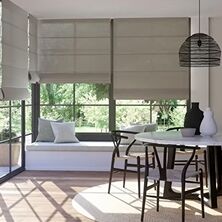


















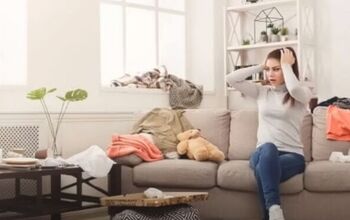


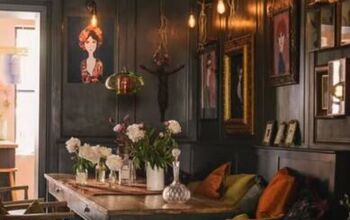

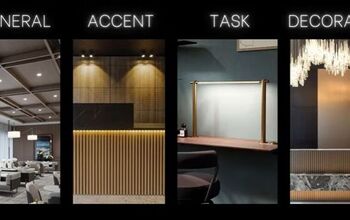

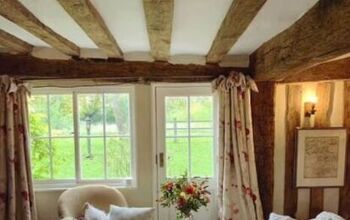

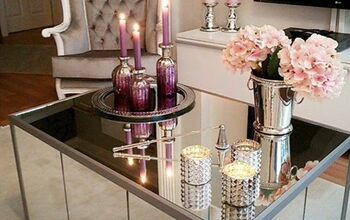

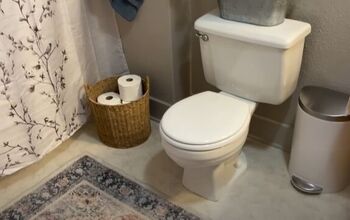

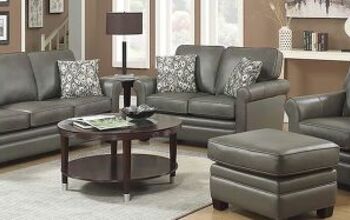



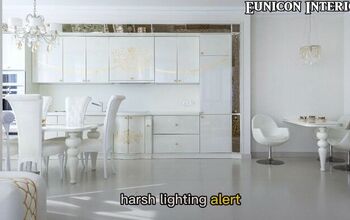
Comments
Join the conversation